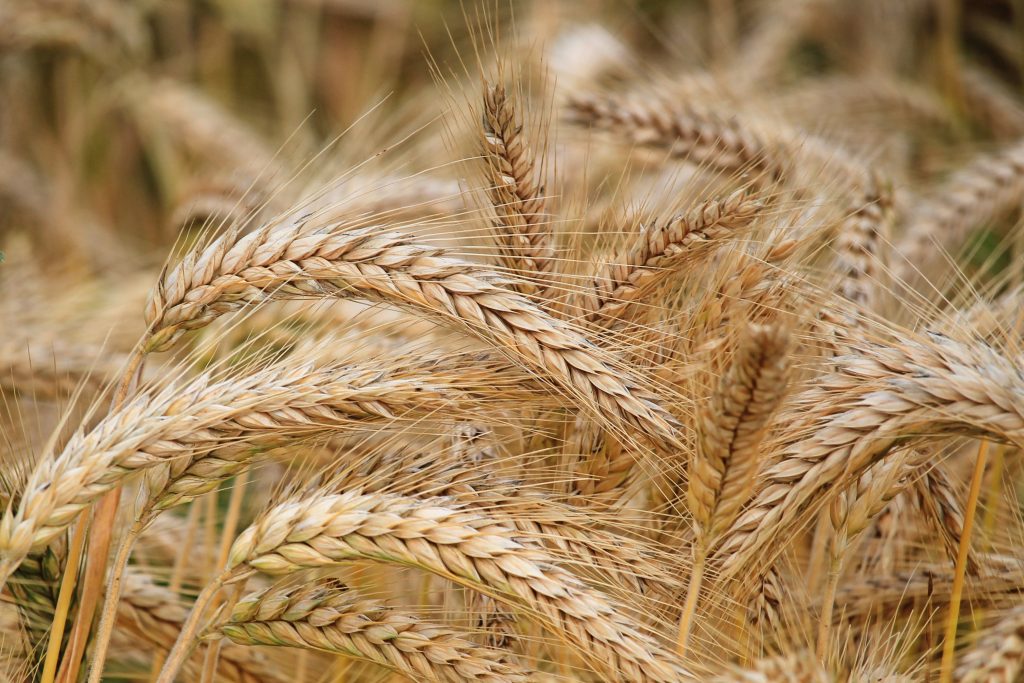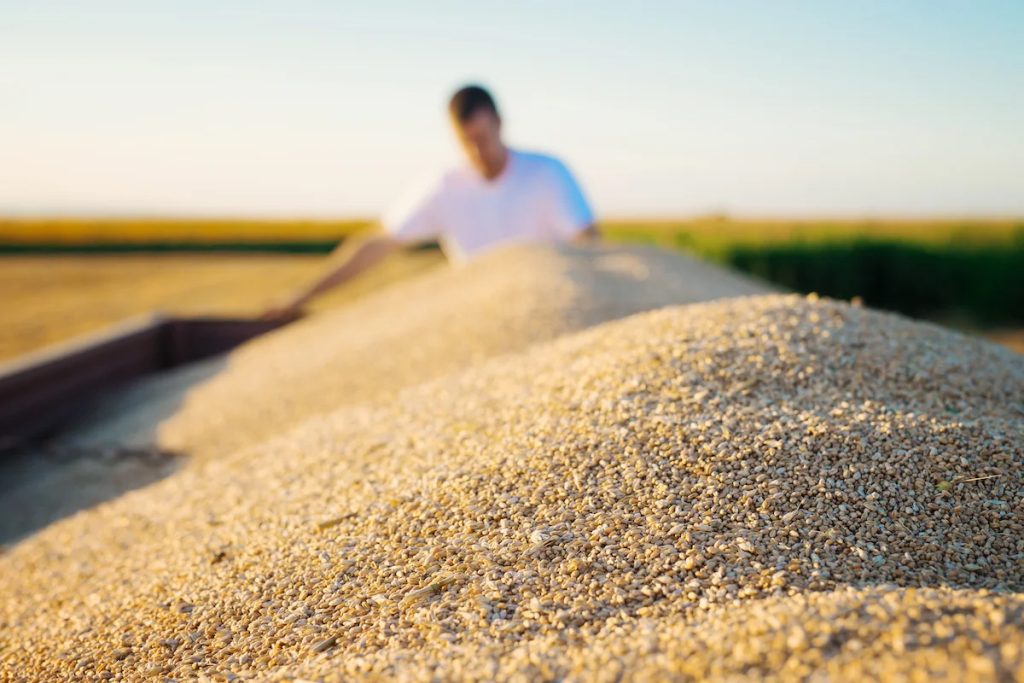27 September 2024
From the Egyptians to the Romans, via the Greeks, and onto our tables with the project, supported by ITALMOPA, which promotes the use of organic flours and semolina in the USA and Canada.
Who invented flour? “Pure Flour from Europe”, the project supported by ITALMOPA (the Italian Milling Industry Association) and co-funded by the European Union, which promotes the consumption and export to Canada and the USA of Made in Europe organic soft wheat and durum wheat flours and semolina answers the question. There are several hypotheses, as many as the peoples we can trace their origins back to: Egyptians, Sumerians, inhabitants of Mesopotamia, through to the people of the Gargano area in Italy. According to a recent discovery, the first flour in history was made 30,000 years ago, and the first bread prepared by modern man was a flatbread baked on red-hot stones. The traces of this were discovered in Italy, in Tuscany in the 1990s. Until this extraordinary discovery, it was thought modern man had learned how to make flour 18,000 years ago. In truth, we have to go even further back to the period immediately following Neanderthal man. It has been found that the Neanderthals, in addition to meat, also ate a type of highly nutritious bread, rich in carbohydrates, which was easy to store and transport. It was also discovered that the use of cereals started in Europe and not in the Middle East. According to some historical sources, the invention of flour can be attributed to the populations of Asia Minor, who began to cultivate grains which they then brought to Europe.

What is the etymology of the word “flour”? It derives from the Latin “farina-fainae“, which originates from “far” or “farro“, the Italian word for spelt, dating back to the ancient Romans, who used this cereal to make a nutritious powder used in a variety of food preparations. At first, they used flours to make “puls“, the staple food before bread appeared. “Puls” consisted of a spelt or broad bean polenta, which has never disappeared and remains a cheap, popular food. About 1700 years later, with the first contact with America, corn and its flour were brought back to Europe, from which the polenta we know today originates: polenta is what remains of the Roman “puls” in the Italian culinary tradition.
Sayings about flour: There are many proverbs and sayings in Italy. For example: “That’s not flour from his sack” is said of someone who passes off some work or someone else’s idea as his own; “It’s not straightforward flour”, which is said about a person or words which are insincere; “Talking doesn’t produce flour”, used when too
much talk is inconclusive; “The devil’s flour turns to bran”, meaning what is acquired with fraud or deception will not end well; “When God gives flour, the devil takes away the sack”, which means it is difficult, if not impossible, to have everything. And we say “That’s flour from a different sack” meaning we are completely different!

What is the origin of the word “cereal”? The term derives from Ceres, the Roman goddess of fields and crops. Cereals are a wide variety of agricultural products used in food. This includes the main cereals such as wheat, rice, corn, barley, oats and rye, and minor cereals such as sorghum, millet, teff, triticale (hybrid of wheat and rye) and canary seed. They are mostly plants of the Poaceae family, but plants of other botanical families also belong to cereals, such as buckwheat or quinoa, which, in common with other cereals, are cultivated to harvest their grains. “Cereal” indicates all those herbaceous plants that produce grains, which when ground, give rise to a flour that can be used in the preparation of bread or other foods. In Italy, by law, five types of soft wheat flour and three types of durum wheat flour can be produced.
The soft wheat flours are 00, 0, 1, 2 and wholemeal. Durum wheat flours are called semolina and are semolina, wholemeal semolina and re-milled semolina. The most used flour is certainly soft wheat, suitable for any preparation, from bread to focaccia to pizza. Mills usually blend different varieties of wheat to obtain flours with the desired qualities. However, you can find mono-varietal flours such as spelt. Wheat (soft and durum) belongs to the Gramineae family. All the plants in this family are recognizable by their spikelets. Wheat, along with rice, is one of the most cultivated plant species in the world. The cultivation of wheat, and grains in general, has spread over time all over the planet, and today grains are one of the staple foods in the diet of many populations around the world.
